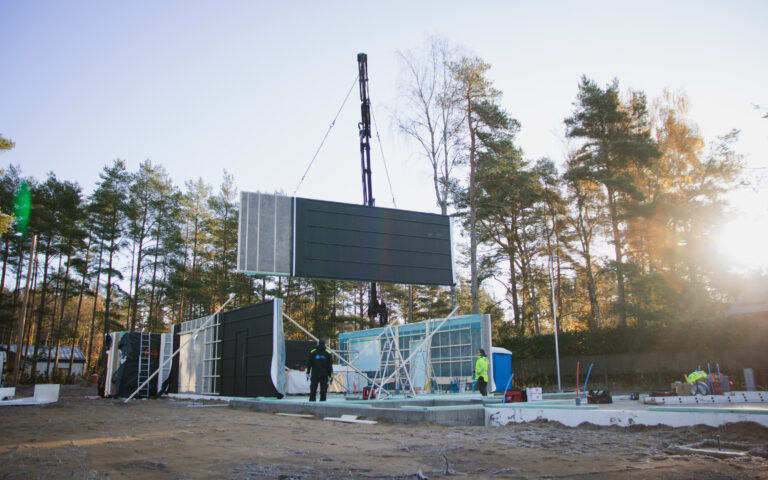If you don’t treat your wood siding, it will eventually turn gray or tarnish from exposure to rain and UV radiation. We encourage you to periodically maintain your wooden cladding to prevent the need for an expensive and time-consuming renovation.
A wood siding treatment ought to be performed ideally every two years or even annually on average. When to maintain your wooden siding is something you can decide for yourself.
Protect your cladding when a gray color starts to show up or when there is too much damage that is obvious. A variety of products are available to treat wood siding, including:
- Products for maintenance: Saturators and stains to shield the wood from environmental dangers (sun, rain, bad weather, etc.).
- Products for renovation: Degreasers that brighten dark wood
- Therapies to prevent or eliminate parasites (wood borers and fungi)
Saturators offer defense against humidity and UV rays from the sun. While preserving the color and/or natural appearance of the wood, it stabilizes the wood, stops it from splitting, and stops it from going gray.
- Saturators offer the benefit of a solution that is simple to apply due to its short drying time and does not require wiping off. According to the exposure, you will then need to apply them typically every 2 to 5 years. They are simple to maintain because the saturator does not require sanding of the cladding because it does not leave a film on the surface of the wood. The siding can be returned to its previous condition with just a quick surface clean-up and fresh application of saturator.
Additionally, wood cladding can be stained to protect it from the sun, rain, and UV radiation.
- The finest surfaces to apply stains to are vertical ones. With a saturator, peace of mind lasts about three to six years longer on average, but maintenance is significantly more difficult due to the required sanding of the treated façade. This is due to the fact that wood stains “film-form,” or create a thin film on the wood’s surface. Therefore, sanding coloured wood cladding adds a time-consuming and expensive step to the maintenance process. In this regard, the usage of a saturator is more intriguing financially.


